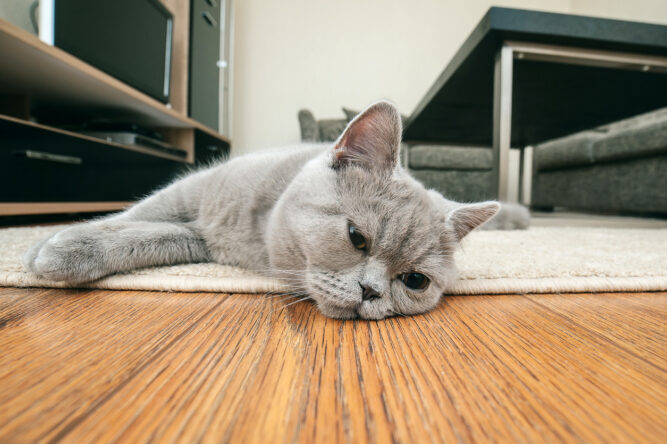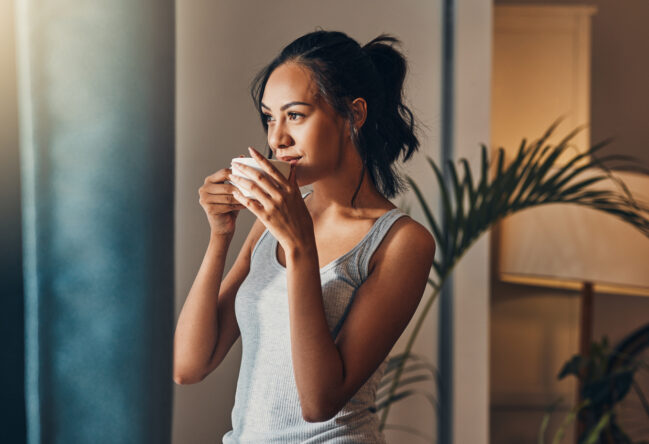Microplastics are sneaking into more of what we eat and drink than most people realise.
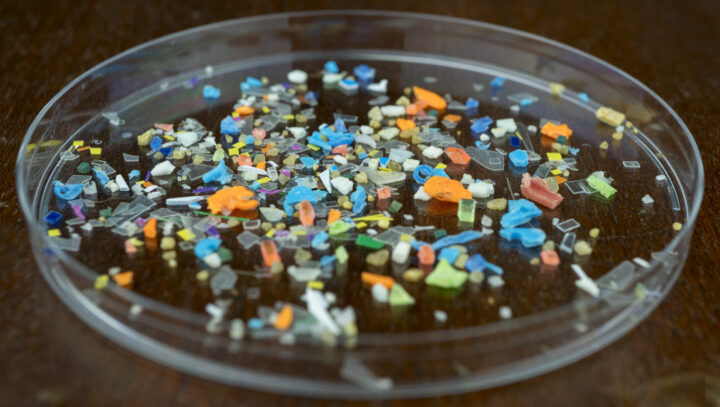
Research out of the Hydro-environmental Research Centre at Cardiff University (via BBC) found that the UK has some of the highest concentrations of microplastics in Europe, and a lot of it is ending up in our food and water supplies. Needless to say, that’s a problem (and that’s putting it lightly). While you can’t avoid them entirely, there are simple, everyday choices that can seriously cut down how much you’re unknowingly taking in.
1. Choose tap water over bottled when possible.
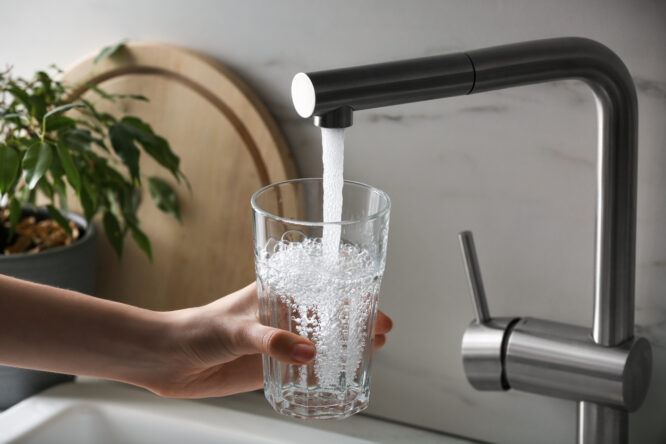
Bottled water often contains more microplastics than tap water, mainly because of the plastic it sits in. Research has found that tiny plastic particles can leach from the bottle into the water over time. Switching to filtered tap water doesn’t just save money—it also reduces your exposure. If you’re worried about what’s in your tap, a basic home filter jug can make a big difference without much effort.
2. Use a stainless-steel or glass water bottle.
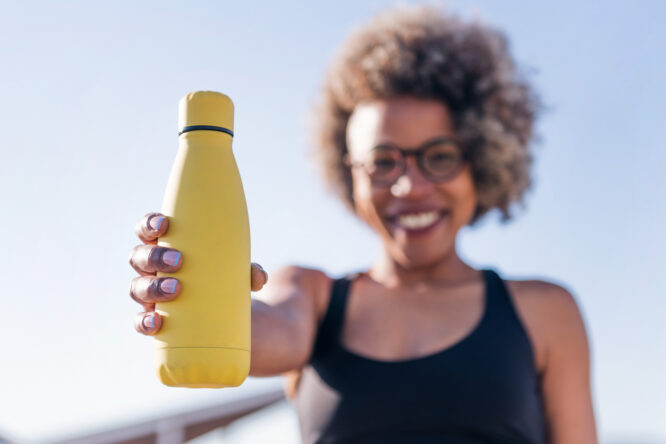
That cheap plastic bottle you keep reusing might be part of the problem. As time goes on, wear and tear can cause it to release tiny particles into your drinks, especially if it’s washed in hot water or left in the sun. Switching to a reusable stainless-steel or glass bottle is a solid upgrade. Not only are they more durable, but they also help you avoid sipping on bits of plastic with every gulp.
3. Cut back on processed and packaged foods.

Highly processed foods, especially those wrapped in plastic, tend to have more microplastics in them. The packaging breaks down over time, and the more your food interacts with plastic, the more likely it is to absorb those particles. Whole foods like fresh fruit, vegetables, grains, and homemade meals tend to come with less exposure. You don’t have to cut everything out—just leaning more towards unpackaged food helps cut down your intake without overhauling your diet.
4. Store food in non-plastic containers.
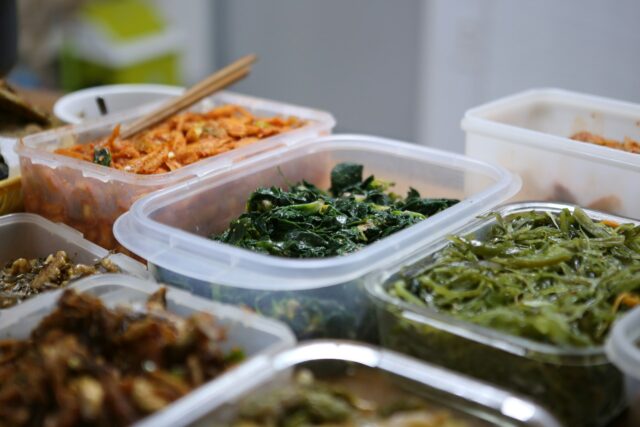 Source: Unsplash
Source: Unsplash Leftovers in plastic tubs are convenient, but over time those containers break down, especially in the fridge or microwave. Even BPA-free plastics aren’t totally off the hook; they can still release tiny fragments into your meals. Switching to glass containers or stainless-steel tins can reduce your exposure and still keep things easy to store. They’re more durable in the long run too, which makes it a win for both your health and the planet.
5. Don’t microwave food in plastic.
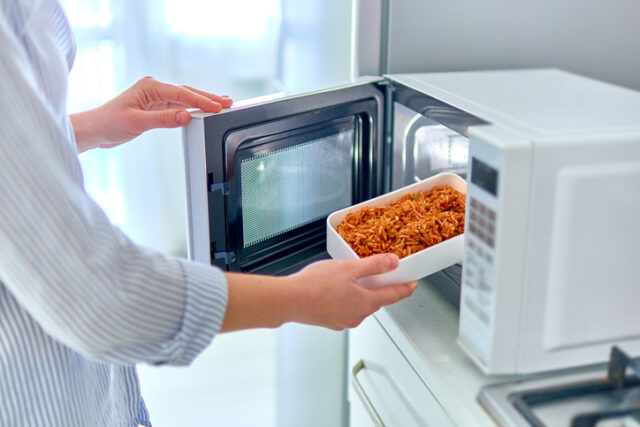
When plastic heats up, it can break down faster, releasing microplastics and potentially other chemicals into your food. Even containers labelled as microwave-safe aren’t always completely safe from this effect. It’s a simple switch: use glass or ceramic dishes when you’re reheating meals. They won’t leach anything into your food, and they often heat more evenly too, so it’s better all around.
6. Avoid tea bags that contain plastic.
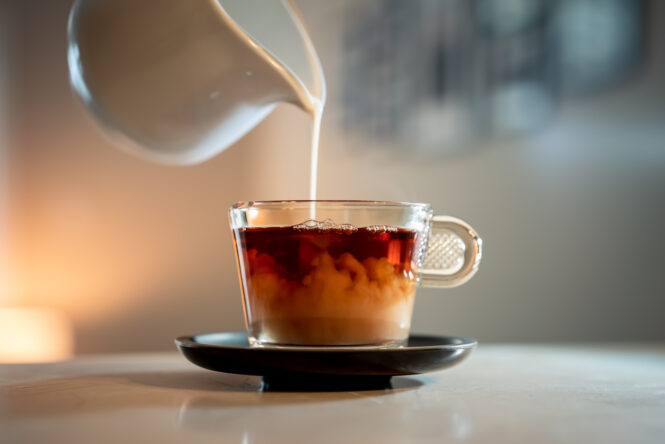
Not all tea bags are made equal—some brands use plastic to seal their bags, which means every time you brew a cup, you’re potentially steeping microplastics along with your tea leaves. Opt for loose-leaf tea or look for brands that clearly state they use plastic-free bags. It’s a small change that adds up, especially if you’re drinking tea daily and want to keep things cleaner. Clipper and Pukka are good brands to try, though there are plenty out there, so shop around.
7. Rinse and wash produce properly.
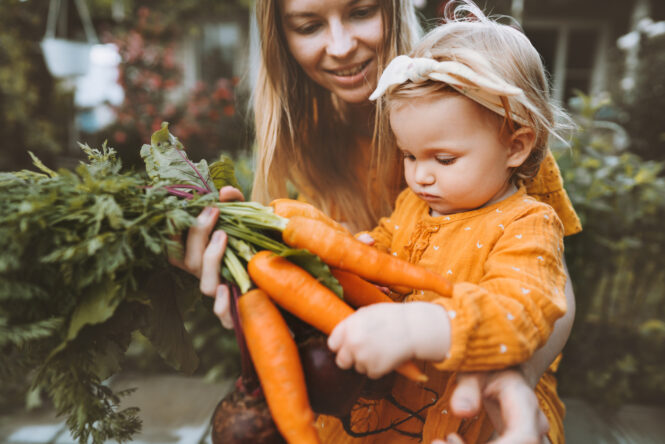
Microplastics can cling to the surface of fruits and vegetables, especially those that have been transported or packaged in plastic wrap. Giving your produce a good rinse can help wash away at least some of that residue. Use a brush for things like apples or root vegetables, and soak leafy greens in water before eating. It doesn’t need to be complicated, but taking a moment to wash well helps reduce what you’re consuming unknowingly.
8. Avoid chewing on plastic items out of habit.
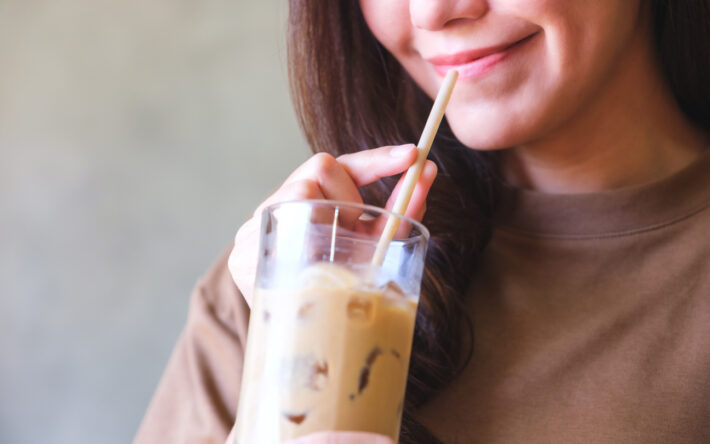
It’s something many people do without thinking—chewing on pen caps, plastic straws, or even the ends of sunglasses. But every bite can break down the plastic and introduce small particles into your mouth. After a while, this can build up more than you’d expect. If you’re prone to chewing out of boredom or stress, try swapping to silicone alternatives or a reusable straw that’s safe to bite without the plastic risk.
9. Skip synthetic chewing gum.
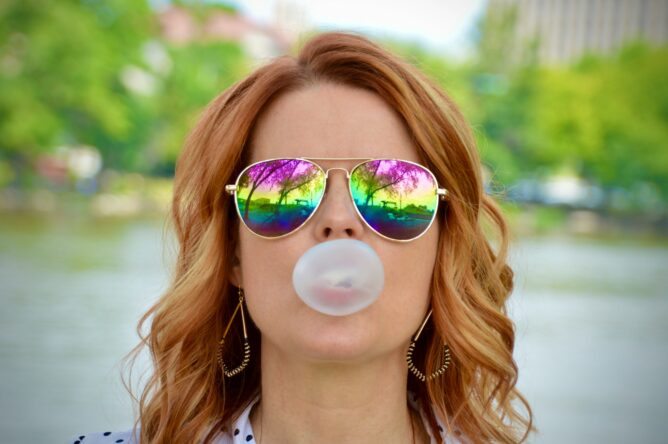
Most commercial gum is made with a plastic base, even though it’s not obvious from the label. That chewy texture often comes from synthetic polymers, meaning you’re basically chewing plastic, even if you’re not swallowing it. There are natural gums on the market made with chicle or other plant-based ingredients. They taste the same but without the hidden plastic. If you chew gum often, this is one of the easier swaps to make.
10. Be picky about your salt and seafood.

Sea salt and seafood are two of the biggest food sources of microplastics, since they come directly from oceans where plastic pollution is high. These tiny particles end up inside fish, shellfish, and salt crystals. You don’t have to cut them out completely, but choosing sources that are responsibly harvested and well-filtered can help. Some sea salts are tested for purity, and smaller fish tend to carry fewer microplastics than larger ones higher up the food chain.
11. Check personal care products for microbeads.
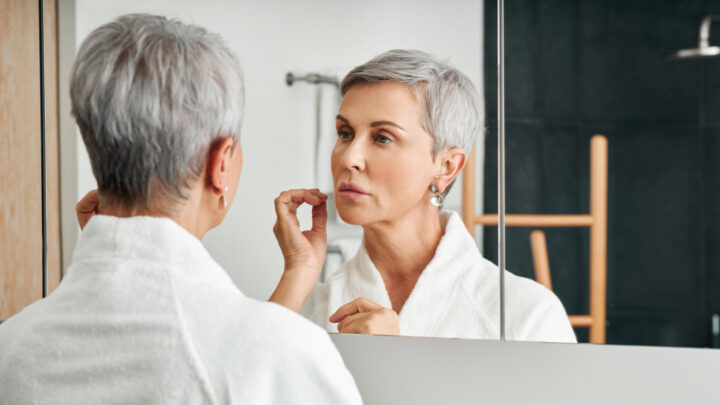
Although banned in many places, microbeads still show up in some scrubs, toothpastes, and exfoliators. These tiny plastics don’t just harm marine life—they can end up in your mouth or water supply during daily use. Look out for ingredients like polyethylene or polypropylene in products and opt for natural alternatives like sugar, salt, or oat-based exfoliants. They’re just as effective and come without the invisible plastic side effects.
12. Don’t drink from damaged plastic cups or utensils.

Old plastic cups, plates, or utensils with scratches or discolouration can start shedding tiny fragments—especially when used with hot food or drinks. The more worn they get, the more likely they are to break down. If your reusable plastics are looking rough, it’s probably time to upgrade. Swapping them out for metal, bamboo, or glass alternatives cuts down on microplastics and feels better to use in the long run.

